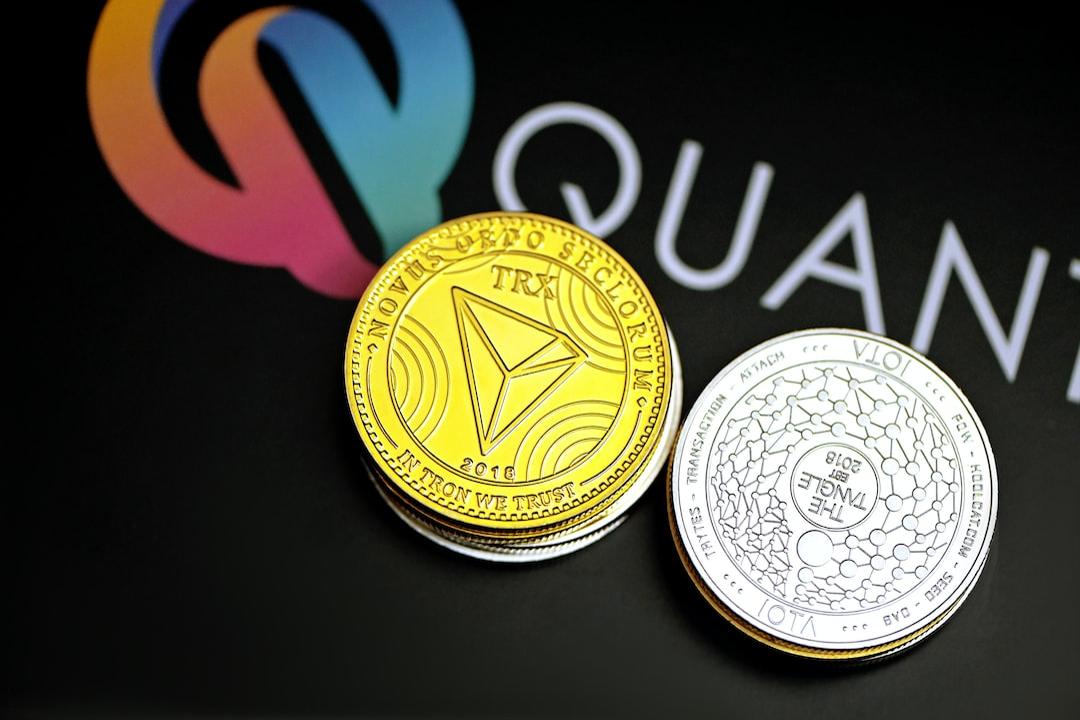The price of Ethereum (ETH) has experienced a staggering increase of 128% in the past year and a remarkable gain of 804,027% since it first started trading at $0.43 on October 20, 2015. Despite this extraordinary growth, some wonder if there is still room for the price of Ether to rally another 17 times from its current trading price. Brian Russ, the managing director of BMO Financial Group at the Colorado market, believes that it is a possibility.
Speaking at ETHDenver on March 1, Russ discussed how traditional finance analysts use various quantitative models to value a company, a blockchain, and its token. Using the Ethereum network as an example, Russ explained his methodology, which includes the discounted cash flow, precedent transaction, market comparables, and Metcalfe’s Law models.
Russ began with the discounted cash flow (DCF) model, which states that a company or blockchain is worth the sum of all the profits it will generate indefinitely. The model projects future profits and then applies a discount rate to bring those profits back to present value. To determine the cash flows and their growth rate on the Ethereum network, Russ suggests looking at the growth of Ethereum wallets. Data from Etherscan shows that wallets on Ethereum have been growing at an annual rate of 36% for the past 5 years. Assuming a 33% annual wallet growth for the next 10 years, Russ estimates that by 2033, 4.5 billion users, or 50% of the global population, could be using Ethereum. While Russ acknowledges that this assumption is ambitious, it remains a possibility.
To determine the type of profit generated by Ethereum, Russ looks at the amount of Ether issued and burned as a proxy for Ethereum revenues. Based on this, Russ estimates that the Ethereum network generated $1.8 billion in profit in 2023. By growing this figure at a rate of 33% per year for 10 years, Russ arrives at a future value of $458 billion for the Ethereum blockchain.
After the 10th year, Russ applies a more conservative 5% growth rate and uses the Fed Funds rate or risk-free rate at 5% to bring the cash flow figure back to present value. The resulting valuation of $400 billion reflects a 15% premium and suggests that the Ethereum blockchain is currently undervalued by this amount.
Next, Russ examines precedent transactions to gain insight into Ethereum’s current value. Similar to valuing a company or property, this analysis involves comparing Ethereum against other early-stage tech companies that achieved dominant market share. By analyzing each company’s revenue, cash flow, and market capitalization, along with their price-to-earnings ratio during their first profitable year and the average P/E ratio over a 5-year period, Russ determines that the total value of the Ethereum network is $312 billion. According to this model, Ethereum is currently overvalued by 20%.
Russ then compares the Ethereum network to other layer-1 projects using a formula that divides a blockchain’s market cap by the total value locked (TVL) on the same blockchain. Applying this formula to the Ethereum network shows a valuation of $376 billion, suggesting that the blockchain is approximately 6% overvalued.
Finally, Russ applies Metcalfe’s Law, which states that the value of a network is proportional to the square of the number of connected users. Using data from Etherscan and looking at monthly active Ethereum users squared, Russ arrives at a valuation of $225 billion for the Ethereum blockchain. This suggests that the network’s true value is 44% below its current $400 billion market cap. Russ acknowledges that this model produces a figure that is the most different from the other models.
In conclusion, by taking the outcomes from the four models and calculating a simple weighted average of 25% from each model, Russ arrives at an implied value of $345 billion or $2,875 per Ether. While this may not excite investors who expect the price of Ether to rise even higher, Russ believes that the use of quantitative-based models provides more accurate and conservative estimates of a project’s true value. Moreover, employing multiple valuation models can help investors identify arbitrage opportunities.
According to Russ, his model allows investors to form strong convictions about the current value of Ethereum and its potential future valuation. He even suggests that Ether could potentially provide a 17x return from its current valuation. Based on the 33% per year growth of Ethereum wallets and profits, Russ explains that if this trend continues for the next 10 years, $1,000 invested in Ether today could be worth $17,319 by 2033.
Please note that this article does not provide investment advice or recommendations, and readers should conduct their own research before making any decisions.

